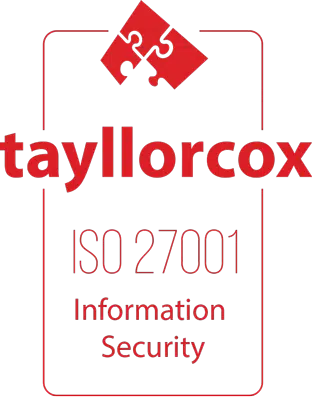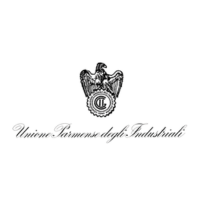With Order No. 26514 of 1 October 2025, the Italian Supreme Court returns to the issue of the 10% additional tax rate provided for by Article 33 of Decree-Law 78/2010 on bonuses and stock options paid to executives in the financial sector.
The Court reaffirms a principle already well established in case law: the tax base of the additional levy must be calculated on the amount of variable compensation that exceeds the fixed component of remuneration, as set out in paragraph 2-bis introduced in 2011.
The case
An executive of a banking institution had requested a refund of the amounts withheld by his employer, acting as withholding agent, as the 10% additional tax provided for by Article 33, paragraphs 1 and 2-bis, of Decree-Law 78/2010.
In particular, the claimant argued that the objective requirement necessary for applying the tax was not met.
The Provincial Tax Court of Milan rejected the claim, but the Regional Tax Court of Lombardy (CTR Lombardia), overturning the first-instance decision, upheld the taxpayer’s arguments, finding that the objective requirement set out by the provision was not satisfied.
The Italian Revenue Agency then appealed to the Supreme Court, raising a single ground: the violation and incorrect application of Article 33, specifically due to an erroneous interpretation of the relationship between paragraph 1 and paragraph 2-bis.
Case Law Orientation
The dispute centers on the correct interpretation of Article 33 following the amendment introduced by Article 23, paragraph 50-bis, of Decree-Law 98/2011. The Italian Revenue Agency retraces the structure of the provision before and after the reform.
Before the amendment
Paragraph 1 contained both:
- the taxable event:
- subjective requirement: executives and employees in the financial sector;
- objective requirement: receipt of bonuses and stock options;
- the tax base: variable compensation exceeding three times the fixed component of remuneration.
After the introduction of paragraph 2-bis
The provision takes on a two-part structure:
- Paragraph 1 → regulates the subjective and objective taxable event, which remained unchanged after the reform;
- Paragraph 2-bis → sets out the calculation of the tax base, defined as the amounts exceeding the fixed component of remuneration, and no longer three times that amount.
The Revenue Agency argues that paragraph 2-bis, while maintaining the taxable event set out in paragraph 1, expanded the tax base.
The Court considers the Agency’s appeal well-founded and reaffirms a principle already established in consistent case law (Cass. Nos. 15861/2023, 18752/2023, 28860/2024, 3159/2025, among others):
The 10% additional tax applies to the portion of bonuses and stock options exceeding the fixed component of remuneration, without requiring the excess to surpass three times that amount.
The Supreme Court further clarifies that, as a result of the introduction of paragraph 2-bis, a partial implicit repeal of paragraph 1 occurred—effective for all compensation paid since 17 July 2011—insofar as paragraph 1 previously regulated the tax base.
The challenged decision is therefore overturned, and the Supreme Court rules on the merits, rejecting the taxpayer’s original claim.
Conclusions
In conclusion, the ruling confirms the now well-established case law on the matter, according to which:
- the subjective requirement under Article 33, paragraph 1 remains unchanged: the individuals concerned continue to be executives and similar roles in the financial sector;
- the tax base is broader than in the original version of the provision;
- no quantitative ratio (such as the “triple” threshold) between fixed and variable remuneration is required.
With Order No. 26514 of 1 October 2025, the Supreme Court once again reinforces a consistent judicial approach, definitively clarifying the method for calculating the tax.




















